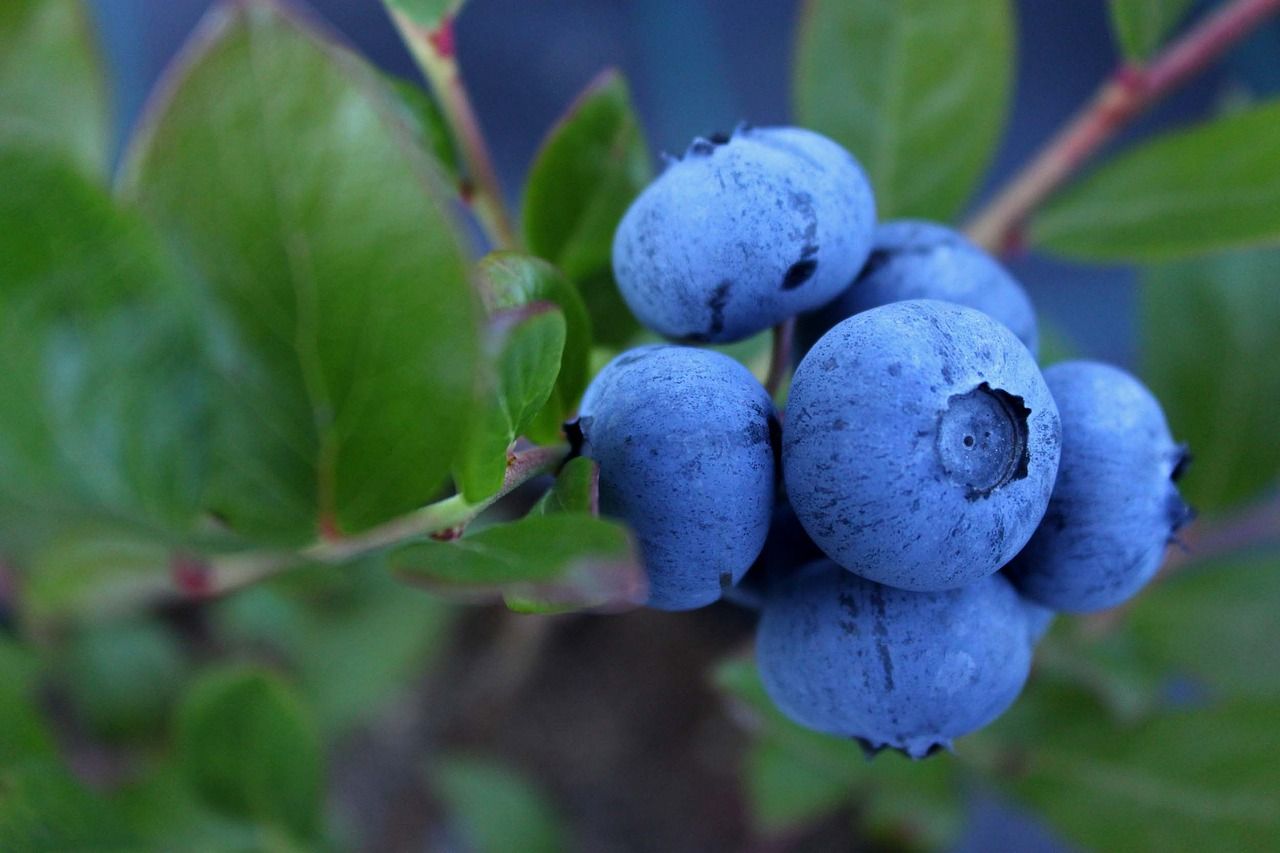
Relevant Blueberry Chemistry
Much of the blueberry chemistry relevant to our discussion stems from compounds containing the same skeletal structure, that of the molecule flavone. Flavone has two rings: one large, one small. The larger ring includes an ether linkage (–C–O–C–) and a ketone group (–C–(C=O)–C–). The compounds as a group are the flavonoids.
Not all flavonoids are of interest to us; only the subgroup the anthocyanins is. The word anthocyanin is derived from the Latin and means “blue flower.” Anthocyanin pigments appear, not only in flowers, but also in other plant parts, including blueberry skins. But if it is in the skins, what happens when raw blueberries are cooked?
What Happens During Cooking?
For one thing, the individual fruit cell walls are burst in the cooking process, enabling anthocyanins in the skin to penetrate and permeate the contents within the fruit. But additional, difficult to isolate factors are also involved. One reference informs us, “Structure, pH, temperature, …, oxygen…, [and…] association with other compounds (copigments, sugars…, degradation products…) are generally known to affect the color and stability of anthocyanins.”
Why Cooked Blueberries Taste Different
The task of assigning specific reactions to the change of flavor and color is daunting and so far has not been resolved successfully. To the happy consumer, the loss isn’t a harrowing one. It is simply a sweet blue mystery.
Note: you might also enjoy reading “Orange Oranges is an Historic Controversy.”
References:
- The Change of Total Anthocyanins in Blueberries and Their Antioxidant Effect After Drying and Freezing
- Andersen, Øyvind M.; Jordheim, Monica (2008). “Anthocyanins – food applications.”